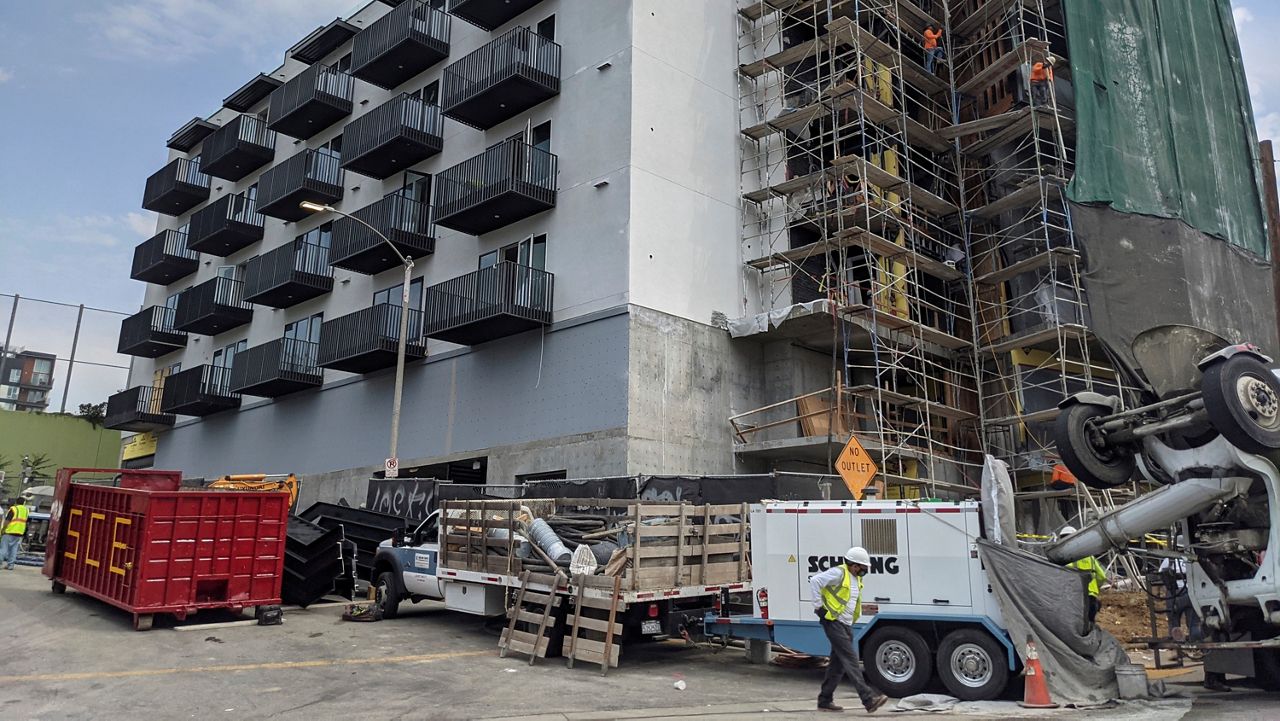New York regulators on Thursday began the first steps toward enacting a measure meant to expand the construction of buildings that have a much lower carbon footprint.
The efforts by the state Public Service Commission are part of an enacting a broader series of provisions to reduce the state's use of fossil fuels in the coming decades and transition to cleaner and more renewable forms of energy.
"Ahead of Climate Week, New York is taking a bold step to further support the use of clean-energy technology," Governor Hochul said. "Buildings are the largest source of greenhouse gas emissions in New York State - accounting for 32% of overall emissions - and the Utility Thermal Energy Network and Jobs Act will help significantly reduce climate change emissions and create greener, healthier places to live and work across the Empire State."
The law is meant to reduce greenhouse gas emissions by encouraging infrastructure projects that connect multiple buildings through the same thermal energy network. That network is meant to provide an energy source that is alternative to burning natural gas for heating and cooling needs.
Utility providers in New York were tasked by regulators to submit up to five proposals for the thermal network pilot program to review. At least one project must be located in a disadvantaged community within each service territory.
The commission is also creating a panel to help the utilities develop pilot project proposals for submission and review.
"The commission has a long-standing history of supporting cost-effective energy efficiency aimed at reducing on-site energy consumption and more recently building electrification," said Chairman Rory Christian "At the conclusion of this process, customers will have more choices for their heating needs and utilities will have exciting new opportunities aligned with New York's ambitious climate and energy goals."



